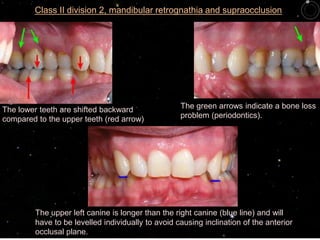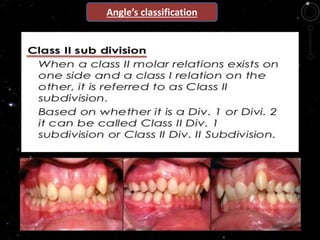class ii division 2 subdivision
Class II Division 2 Groups F and G Explosion Proof Lights These fully-sealed durable explosion proof LED lights provide lighting within potentially dangerous spaces where ignitable vapors and gasses are present. However it was also explained that Class II Division 2 subdivision left and anterior deep overbite are contributing factors to increase the pain and discomfort in TMJs.
Class II Division 2.
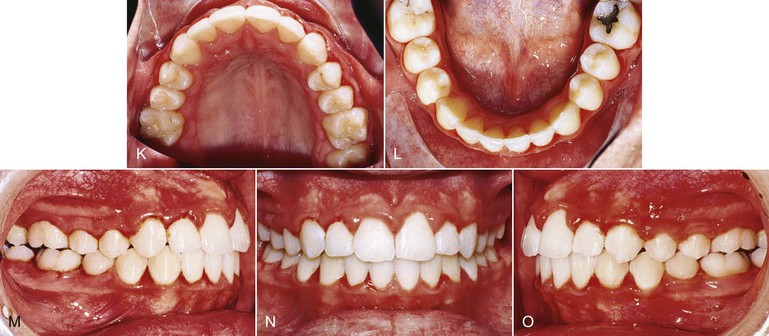
. The largest category was mandibular asymmetry. Class II Division 2 Subdivision Malocclusion in an Adult Patient treated with the Forsus Fatigue-resistant Device placed Unilaterally. Class 2 Division 2 also commonly written with a Roman numeral Class ii Division 2 represents an area where combustible dust may be present in quantities sufficient to ignite or explode.
Dust may be suspended in the air in quantities sufficient to ignite under abnormal operations or. Class I Zone 2. 1 Flat mandibular plane 2 Increasesd posterior facial height 3 Short lower anterior facial height resulting in both upper and lower lip having a more everted.
The class II division 2 differs from division 1 by the following characteristic. The discrepancy between the upper and lower teeth does not match the discrepancy between the upper and lower teeth where the molars and canines are located red and blue arrows. The Class II division 2 subjects had greater lower lip contact and thus increased resting pres- sure on the maxillary incisors than the.
The Class I Division 2. Or Zone 22 Locations Adjacent to a Closed Top Open Face or Open Front Spray Booth or Room. Angle used the term subdivision to refer to amalocclusion in which the abnormal molarrelationship wasA.
FIGURE 5165D2 Class I Division 2. Per the National Electrical Code NEC there are 3 classifications for areas that are defined as hazardous. Class II Division 2 Subdivision Malocclusion in an Adult Patient treated with the Forsus Fatigue-resistant Device placed.
Treatment of Class II subdivision malocclusion is challenging and orthodontists frequently struggle to determine the choice of treatment. Skeletal Class II division 2 Mandibular deficiency Class II div 2 with a small mandible the decreased size is localized more to the mandibular body Mandibular Ramus is of normal lenght Cephalometrically. National Electrical Code 2020 of Minnesota 5 Special Occupancies 500 Hazardous Classified Locations Classes I II and III Divisions 1 and 2 5005 Classifications of Locations C Class II Locations 2 Class II Division 2.
In most patients with Class II subdivision malocclusion the maxillary dental midline is. Steigman Kawar Zilberman 1983 affecting especially the womens. Class II locations are divided into three groups EFG.
Class II subdivision 2 anomaly is relatively rare and comprises 15 to 7 of all malocclusions found in white western popula- tion. The upper incisors are tipped backward and hide the fact that. In both divisions it is important to protect your electrical systems from these particles floating in the surrounding air.
Contemporary Clinical Dentistry 102385-388. Class II division 2. Figure 2 from Will Preoperative Atrophy and Fatty.
Class II Division 2. T2-weighted magnetic resonance images show the joint. Class II subdivision malocclusions were grouped into 3 main categories.
The ignition temperature of the dust the electrical conductivity of the dust and the thermal blanketing effect the dust can have on heat-producing equipment such as lighting fixtures and motors. Class I Zone 2. With these clarifications the patient decided to undergo orthodontic treatment to improve his dental occlusion and affirmed that he was fully aware that orthodontic treatment could have no.
Class II division 2. Left Malocclusion Anterior Deep bite. Class II subdivision represents 50 of all Class II malocclusions with responsible primary factor being a deficient mandible caused by either a reduced height of the ramus or a reduced length of the mandibular body on the side of.
Effective and Efficient Correction of Severe Skeletal Class II Division. Or Zone 22 locations shown in Figure 5165D2 shall extend from the edges of the open face or open front of the booth or room. Prologue Patients with Class II subdivision malocclusions have Class I characteristics on one side and Class II characteristics on the other primarily because of the distal positioning of the mandibular first molar in relation to the maxillary first molar on the Class II side.
Accounted to dental and occasionally to the s keletal disharmony. Class II subdivision represents 50 of all Class II malocclusions with responsible primary factor being a deficient mandible caused by either a reduced height of the ramus or a reduced length of the mandibular body on the side of the Class II. They are Class I gases vapors Class II flammable dusts Class III fibers the focus of todays Blog is on Class II locations.
Interesting trends were noted with regard to treatment strategies midline and molar corrections and mandibular incisor proclination. Class II Division 2 Subdivision Malocclusion in an Adult Patient treated with the Forsus Fatigue-resistant Device placed. Class II Division 2.
Note that the dust must be present in. Class II molar relationship. Class 2 Division 2 also commonly written with a Roman numeral Class ii Division 2 represents an area where combustible dust may be present in quantities sufficient to ignite or explode.
Class II locations are those that are hazardous because of the presence of combustible dust. 866-590-3533 Same Day Shipping If. Class II Division 2 is where the dust material is stored or handled other than in the process of manufacturing.
A Class II Division 2 location is a location. In this case report we present the orthodontic treatment of 19 year old female patient with a Class II div I subdivision malocclusion with class II incisor and canine relationship class II molar on left side and class I on right side with overjet of 10 mm and overbite of 6 mm and shift of upper midline to left side by 3mm treated with. Class II Division 2 subdivision.
Class II subdivision malocclusions were grouped into 3 main categories. Class II location groups are determined by. In which combustible dust due to abnormal operations may be present in the air in quantities.
Thus the aim of this case report is to present dentoalveolar and fac.
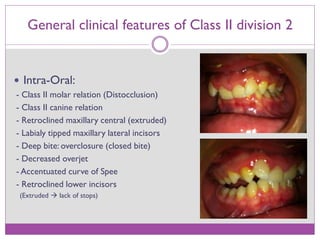
Class Ii Division 2 Malocclusion
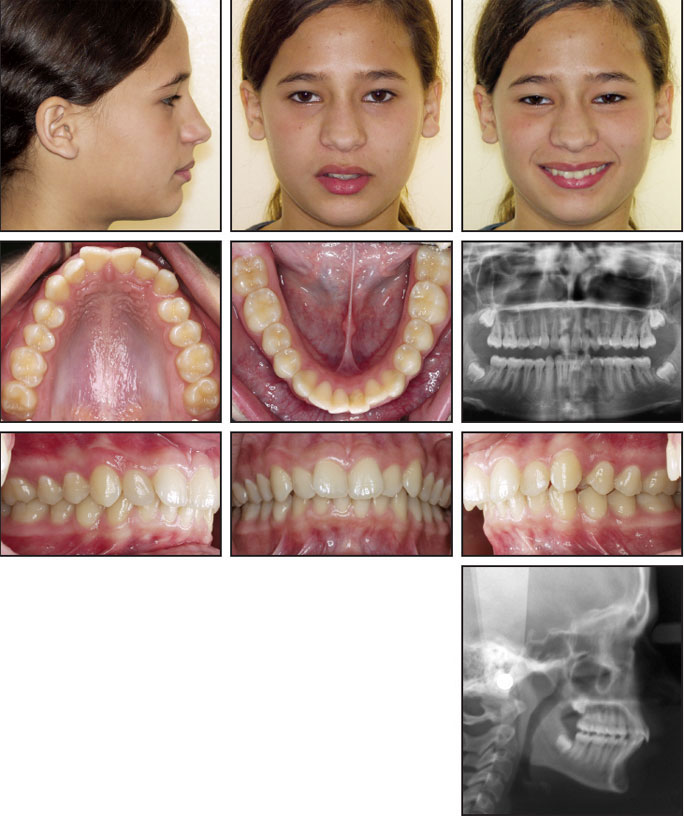
Case Report Jco Online Journal Of Clinical Orthodontics
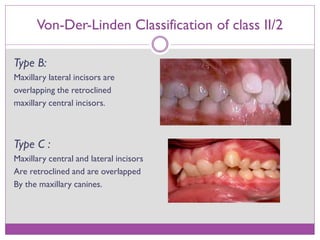
Class Ii Division 2 Malocclusion
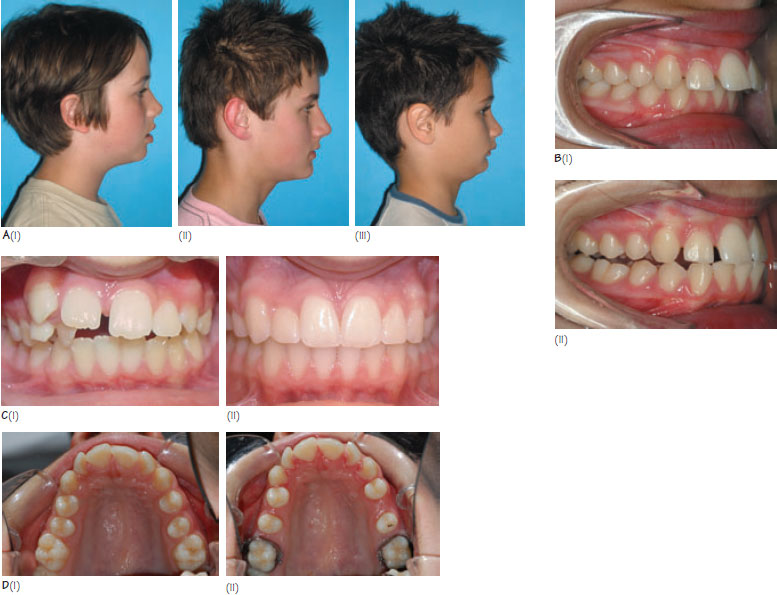
22 Class Ii Division 1 Malocclusion Pocket Dentistry

Class Ii Division 2 Dr Sylvain Chamberland Orthodontiste
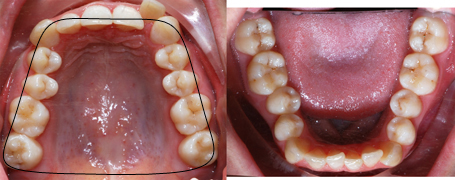
Class Ii Division 2 Dr Sylvain Chamberland Orthodontiste

Pdf Class Ii Division 2 Subdivision Left Malocclusion Associated With Anterior Deep Overbite In An Adult Patient With Temporomandibular Disorder Semantic Scholar

Class Ii Division 2 Subdivision Malocclusion In An Adult Patient Treated With The Forsus Fatigue Resistant Device Placed Unilaterally Antelo Om Bosio Ja Saga Ay Meira Tm Tanaka Om Contemp Clin Dent

Pdf Class Ii Division 2 Subdivision Left Malocclusion Associated With Anterior Deep Overbite In An Adult Patient With Temporomandibular Disorder Semantic Scholar

12 Nonextraction Class Ii Correction Pocket Dentistry

Treatment Of A Severe Class Ii Division 1 Malocclusion Combined With Surgical Miniscrew Anchorage American Journal Of Orthodontics And Dentofacial Orthopedics

4 Class Ii Division 1 Malocclusion Pocket Dentistry

Class Ii Division 2 Otosection
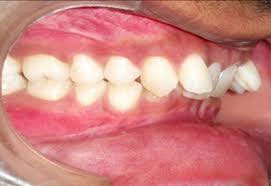
Class Ii Division 2 Malocclusion Definition Of Class Ii Division 2 Malocclusion

Orthodontic Orthognathic Surgical Treatment In A Patient With Class Ii Subdivision Malocclusion Occlusal Plane Alteration American Journal Of Orthodontics And Dentofacial Orthopedics
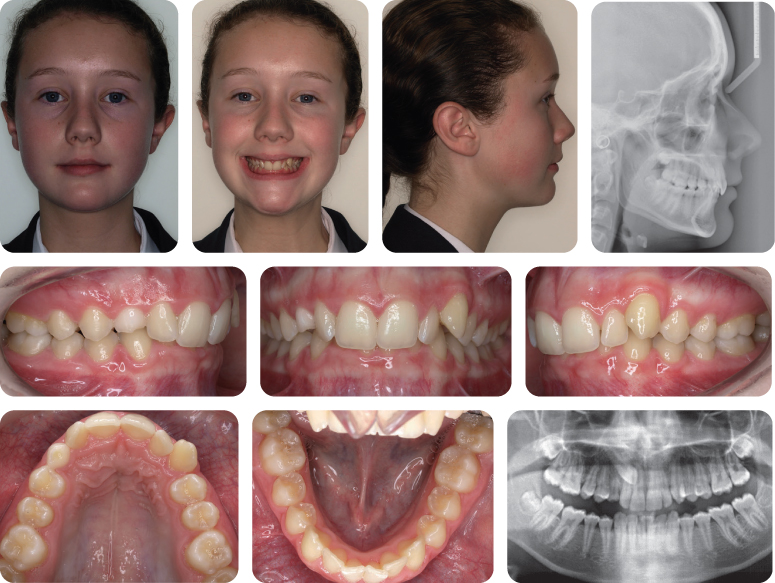
5 Class Ii Division 2 Malocclusion Pocket Dentistry

Class Ii Division 2 Subdivision Malocclusion In An Adult Patient Treated With The Forsus Fatigue Resistant Device Placed Unilaterally Antelo Om Bosio Ja Saga Ay Meira Tm Tanaka Om Contemp Clin Dent

